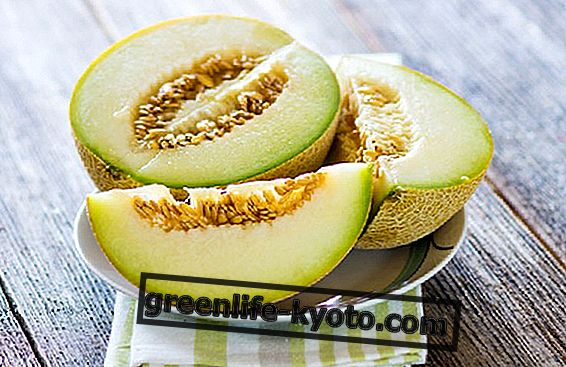
"A bacterium will bury you." Perhaps this is not the case, but the importance of bacteria - especially the good ones - for our health is often underestimated, if not completely unknown.
Bacteria are part of our body, for better or for worse; some can make us sick, others protect us from invasions and preserve our well-being and also work for cystitis .
Here in detail why use lactic acid bacteria for cystitis, and which ones to choose.
Lactic ferments: why use them for cystitis
Perhaps not everyone knows that bacteria are present in our intestines, but also on the mucosa of the genital organs : in particular, on the vaginal mucous membranes there is the so-called favorable microflora, or a "layer" of microorganisms that keep the acid pH in the area protecting so from the attack of other bacteria, called pathogens because they can cause infections and diseases.
The "good" bacteria are above all of the Lactobacilli species: they form a kind of membrane that covers the vaginal mucous membranes and prevent pathogenic bacteria from "taking root" because they produce substances such as hydrogen peroxide and other molecules toxic to "bad" bacteria. So far, so good.
However, there are situations that can alter this balance and damage the "good" bacteria, the main ones being:
- Imbalances of the intestinal microflora caused by antibiotics, drugs, contraceptives
- Poor diet poor in fiber, rich in precooked, refined foods
- Diabetes
- Irritable bowel, constipation and / or frequent diarrhea
- Celiac disease
- Aggressive intimate cleansers
In these cases there is a high risk that pathogenic bacteria will prevail, for example causing cystitis; it will therefore be essential to restore the correct bacterial flora, supplementing with lactic ferments.
Cystitis therapy includes, in addition to the use of the right lactic acid bacteria, also the integration with suitable molecules to avoid recurrences, ie the recurrence of cystitis, a very frequent phenomenon.
Lactic ferments alive, why take them
Lactic ferments: which to use for cystitis
Beware of "do-it-yourself": lactic ferments are not all the same and they are not all good against cystitis : always ask the opinion of the treating physician in case of therapies against cystitis.
At the same time, in addition, it is necessary to restore the correct intestinal flora.
As for lactic ferments, here are the best species to use in case of cystitis, preferably in capsules to be applied locally:
- Saccharomyces Boulardii: a "friendly", non-pathogenic yeast that can survive gastric acidity and inhibit the growth of some "pathogenic" microorganisms such as Staphylococcus, Escherichia Coli and Candida Albicans
- Lactobacillus Plantarum: resistant to antibiotic therapy and therefore very suitable in case of frequent infections, it is particularly useful in case of frequent infections. It is effective in countering Escherichia Coli, the main responsible of cystitis.
- Bifidobacterium Longum: improves the intestinal microflora and helps maintain the health of the immune system; determines an increase in the production of antibodies and generates resistance to infection by Escherichia Coli
- Lactobacillus Acidophilus DDS-1: survives at high temperatures, can pass unharmed the stomach and intestines. It produces two powerful natural antibiotics, effective to eliminate many pathogenic bacteria, including Escherichia Coli
- Lactobacillus Rhamnosus: makes the small intestine suitable for lactobacilli but inhospitable for pathogenic bacteria.













